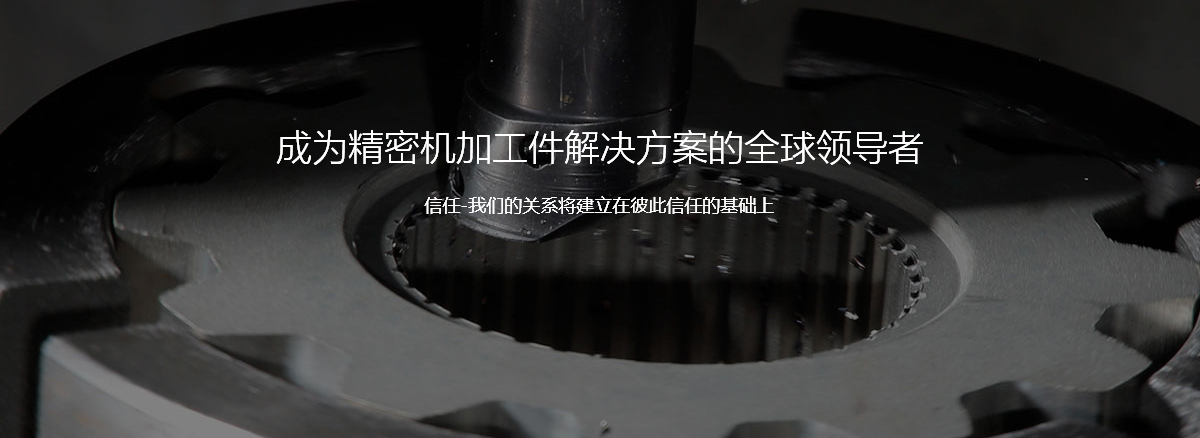1. Disc cover parts.
The basic shape of these parts is a flat plate, usually consisting of end caps, valve covers, gears, and other components. Their main structure is usually a rotating body, usually with various shapes of flanges. Local structures such as circular holes and ribs. When selecting a view, it is common to choose a section with a symmetrical face or axis of rotation as the main view, and add appropriate other views to express the shape and uniform layout of the part. When marking the dimensions of the disk cover components, the shaft hole is usually selected as the radial dimension reference, and the main dimension reference in the length direction is usually the important end face.
2. Fork rack parts.
These components typically include forks, connecting rods, brackets, and other components. Due to the variable processing positions, when selecting the main view, the main consideration is the working position and shape features. For the selection of other views, it is usually necessary to have two or more basic views and use appropriate detail views. Cross sections and other expression methods are used to express the local structure of the part. The view selection expression scheme shown in the part drawing of the foot rest is concise. For expressing the width of bearings and ribs, the right view does not need to be clear, while for T-shaped ribs, a profile is more suitable.
3. Shaft kit.
These components typically include shafts, bushings, and other components. In the process of view representation, as long as the basic view is drawn and appropriate cross-sectional views and dimension markings are added, its main shape features and local structure can be expressed. For the convenience of processing, the axis is generally projected horizontally, and the axis is selected as the position of the side perpendicular line.

Introduction to the operation process of mechanical processing in a mechanical processing factory
When starting, each coordinate axis manually returns to the machine zero point.
2. Prepare the cutting tools.
Select according to processing requirements φ 20 end mills. φ 5 center drills. φ 8. One Fried Dough Twists drill each, and then clamp it with the spring collet handle φ Set the tool number of the 20 end milling cutter to T01 and clamp it with the drill chuck handle φ 5 center drills.
3. Manually place the tool handle into the tool magazine.
1) Enter T01M06 and execute;
T01 tool is manually installed on the spindle;
3) Follow the above steps to place T02.T03.T04 in the tool magazine.
4. Clean the workbench, install fixtures and workpieces.
Clean the flat vise on a clean workbench and align it with a dial gauge. Level the vise and install the workpiece on it.
5. Determine and input the workpiece coordinate system parameters.
1) Use the edge finder to determine the zero deviation value in the X.Y direction, input the zero deviation value in the X.Y direction into the workpiece coordinate system G54, and input the Z deviation value in G54 as 0;
2) Place the Z axis setter on the upper surface of the workpiece, call out tool 1 from the tool magazine, install the spindle, use the tool to determine the Z deviation value of the workpiece coordinate system, and enter the Z deviation value into the length compensation code corresponding to the machine tool,+.
3) Enter the Z-axis offset value of the 2.3 tool into the corresponding length compensation code of the machine tool.
6. Enter the machining program.
Transfer the computer-generated machining program to the memory of the CNC system of the machine tool through a data line.
7. Debug the machining program.
The debugging method is to translate the workpiece coordinate system along the+Z direction, i.e. lift the tool.
1) Debug the main program and check whether the 3 knives have completed the tool change action according to the process design;
2) Debug three sub programs to check if the tool action and machining path are correct.


